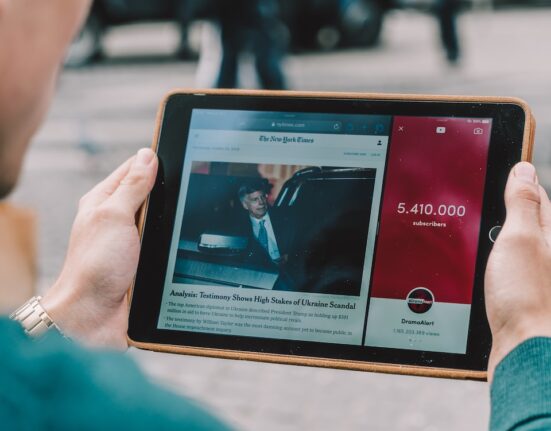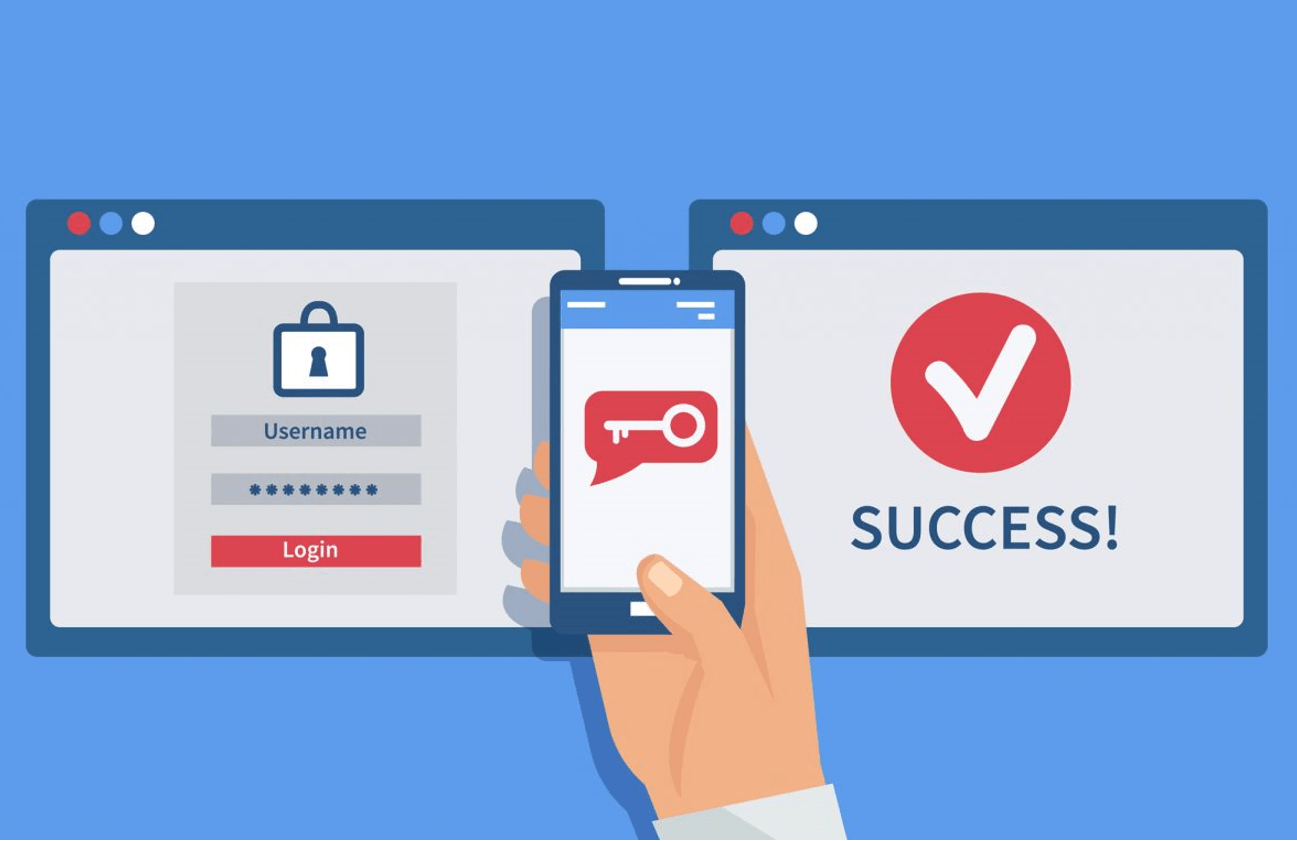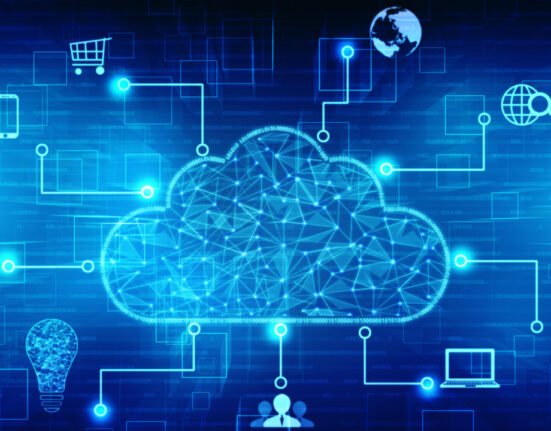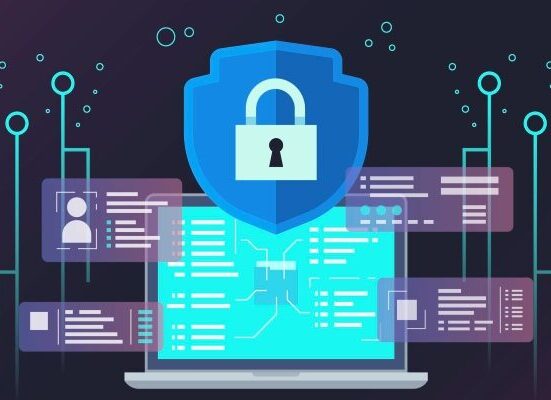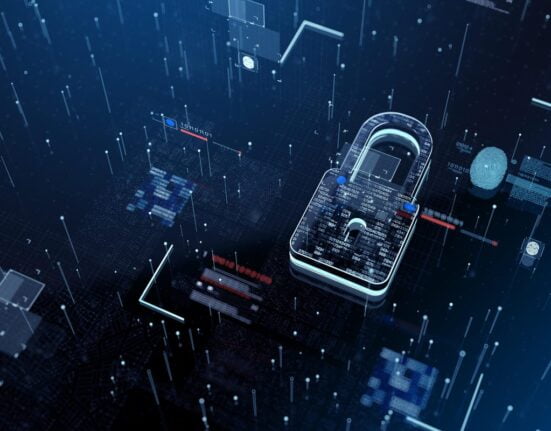This article could explore the benefits of multi-factor authentication in preventing unauthorized access to accounts and systems.
Introduction
Multi-factor authentication (MFA) is a security measure that provides an additional layer of protection for online accounts and systems. With the increase in cyber attacks and data breaches, MFA has become an essential tool for protecting against unauthorized access to sensitive data. In this essay, we will explore the benefits of MFA and how it can be used to unlock the power of secure authentication.

What is Multi-Factor Authentication?
Multi-factor authentication is a security mechanism that requires users to provide two or more forms of authentication before being granted access to a system or account. Typically, these factors include something the user knows (such as a password or PIN), something the user has (such as a token or smart card), and something the user is (such as a biometric identifier like a fingerprint or facial recognition).The use of multiple factors makes it much more difficult for attackers to gain unauthorized access to an account or system. Even if an attacker is able to steal a user’s password, they would still need access to the user’s physical device or biometric information in order to gain access. MFA works by combining two or more independent credentials, such as a password and a security code, to verify the user’s identity.
Why is Multi-Factor Authentication Important?
Multi-Factor Authentication is important because it provides an extra layer of security to protect your data from unauthorized access. By combining two or more independent credentials, it helps to ensure that only authorized users can access your account and data.
MFA also helps to protect against identity theft, phishing attacks, and other cyber threats. By having multiple layers of authentication, it helps to ensure that only the right person is accessing your account and data.
MFA can enhance security for remote access. With the rise of remote work, more employees are accessing company systems and data from outside the office network. This creates new security challenges for organizations, as remote access is vulnerable to cyberattacks such as phishing, malware, and brute force attacks. MFA can help protect remote access by requiring users to provide additional verification, such as a token or biometric verification, in addition to a password.
Benefits of Multi-Factor Authentication
There are several benefits to using multi-factor authentication:
Improved Security: The use of multiple factors makes it much more difficult for attackers to gain access to sensitive data. This is especially important for accounts that contain financial or personal information.
Easy to Implement: Many online services and applications now offer MFA as an option. Implementing MFA is typically as simple as enabling the feature and selecting the desired authentication factors.
Cost Effective: Many MFA solutions are available at little to no cost, making them an affordable option for businesses and individuals.
User-Friendly: While MFA may add an extra step to the login process, most solutions are designed to be user-friendly and easy to use.
Compliance: Many regulatory bodies require the use of MFA for certain types of data or systems. Implementing MFA can help ensure compliance with these regulations.
Types of Multi-Factor Authentication
Multi-Factor Authentication can be used in a variety of ways, such as using a password and a security code, using a physical token, or using biometric authentication, such as fingerprint or facial recognition.
The type of MFA used depends on the level of security needed and the type of system or website being accessed. For example, a bank may use a combination of a password and a physical token, while a website may use biometric authentication.
Examples of Multi-Factor Authentication
here are several different types of MFA that can be used to secure accounts and systems. Some examples include:
SMS Authentication: This involves sending a one-time code to the user’s phone via SMS. The user must then enter the code into the login screen to gain access.
Token Authentication: This involves using a physical token (such as a key fob or USB drive) that generates a unique code that must be entered into the login screen.
Biometric Authentication: This involves using a user’s unique physical characteristics (such as a fingerprint or facial recognition) to verify their identity.
App-Based Authentication: This involves using a mobile app to generate a unique code that must be entered into the login screen.
Conclusion
Multi-factor authentication is a powerful tool for securing online accounts and systems. By requiring multiple forms of authentication, MFA makes it much more difficult for attackers to gain unauthorized access to sensitive data. Implementing MFA is easy, cost-effective, and user-friendly, making it an essential tool for businesses and individuals alike. By unlocking the power of MFA, we can help ensure the security of our online accounts and protect against cyber attacks and data breaches.
Image Source : IT Partners


